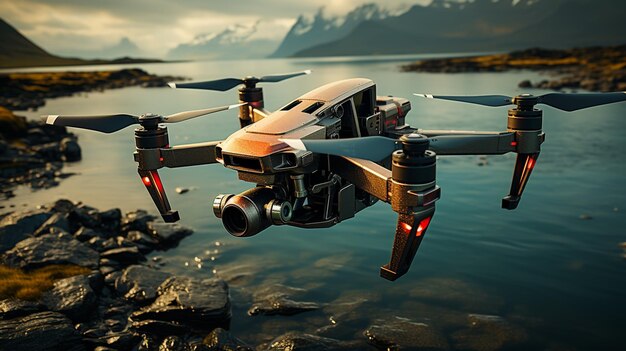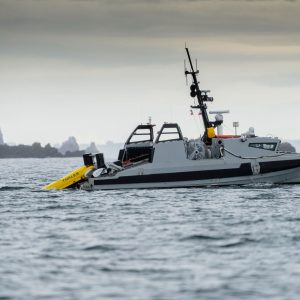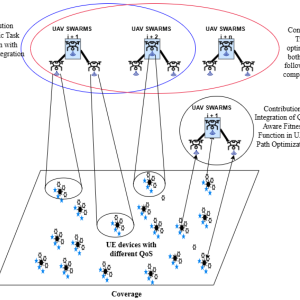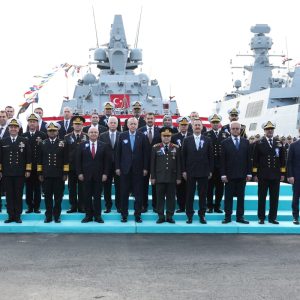AI Precision Imaging Drones: Transforming Aerospace and Defence Operations

In the fast-evolving aerospace and defence arena, AI precision imaging drones stand out as transformative tools. By combining advanced aerial platforms with machine learning algorithms, these systems deliver unmatched accuracy in surveillance, reconnaissance, and strategic intelligence gathering. Consequently, armed forces can respond faster, deploy resources more effectively, and maintain a decisive operational advantage.
AI-Powered Imaging UAVs: Precision in Defence
Precision imaging has always been a core requirement for mission success. However, integrating artificial intelligence into drone systems elevates accuracy to unprecedented levels. Equipped with AI-based analytics, these unmanned aerial vehicles (UAVs) process vast datasets in real time, filtering out noise and focusing on actionable intelligence.
The Fusion of AI and Drone Technology
The convergence of AI and aerial robotics has produced a new generation of autonomous imaging platforms. These drones analyze high-resolution imagery instantly, detect anomalies, and deliver concise reports to command centres. As a result, operators can act within minutes rather than hours, improving mission agility.
Applications in Aerospace: Advanced Surveillance and Reconnaissance
Enhancing Situational Awareness
AI-powered imaging UAVs redefine situational awareness in aerospace missions. By leveraging image recognition algorithms, these systems identify potential threats, map operational zones, and deliver a continuous intelligence feed. This enhanced perspective enables decision-makers to anticipate adversary movements and adapt strategy accordingly.
Strategic Intelligence Gathering
For defence planners, timely intelligence is mission-critical. Autonomous imaging drones offer persistent surveillance over strategic areas, capturing terrain details and identifying operational risks. In addition, they integrate seamlessly with satellite and ground sensor data, creating a multi-layered intelligence network.
Defence Applications: A Battlefield Force Multiplier
Target Acquisition and Tracking
High-resolution optics and AI-driven recognition software enable drones to lock onto targets with exceptional precision. This reduces the margin for error and enhances mission success rates. For instance, in naval operations, such UAVs can identify small vessels in congested waters far faster than human operators.
Tactical Advantages in Combat Scenarios
By providing a real-time, aerial view of the battlespace, these platforms allow commanders to allocate assets more effectively. Furthermore, they support risk mitigation by conducting reconnaissance in high-threat areas without endangering personnel.
Industry Leaders and Innovation Drivers
Pioneering Companies
Several aerospace and defence innovators are at the forefront of AI imaging UAV development. These include established defence contractors as well as agile startups that are advancing payload capabilities, data analytics, and autonomous navigation systems.
Case Studies in Operational Success
From NATO border security missions to humanitarian relief operations, AI-powered drones have proven their value. For example, they have assisted in disaster mapping after natural catastrophes, providing rapid situational reports that informed rescue planning.
Future Trends: Advancements and Regulation
Emerging Capabilities
Upcoming advancements will likely focus on extended endurance, enhanced AI model accuracy, and integration with unmanned ground and maritime assets. Consequently, the role of UAVs in multi-domain operations will continue to expand.
Ethics and Compliance
As technology advances, ethical and regulatory considerations remain critical. Defence stakeholders must balance operational advantages with compliance to international law and rules of engagement, ensuring responsible deployment.
Conclusion
The integration of AI precision imaging drones into aerospace and defence marks a transformative step in modern warfare capabilities. Their ability to deliver rapid, accurate, and actionable intelligence makes them indispensable in both peacetime and conflict scenarios. As research and collaboration continue, these systems will shape the future of defence strategy and execution.
Related: The Role of Drones in Land Warfare | NATO Maritime Surveillance











